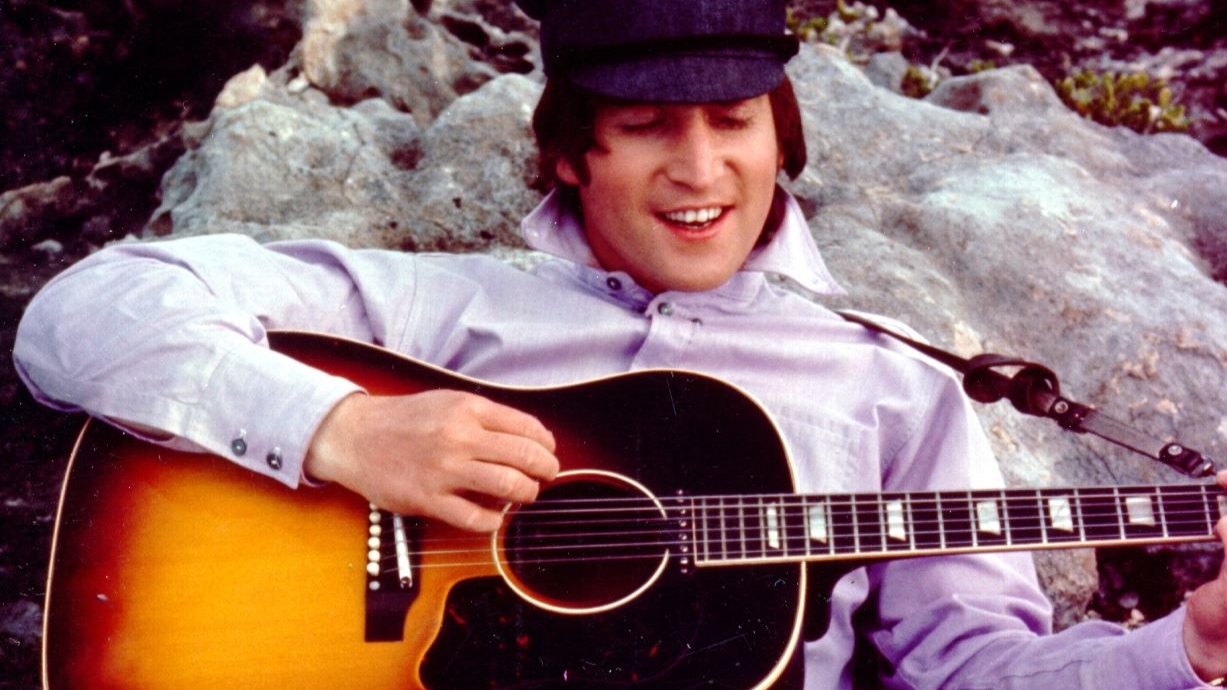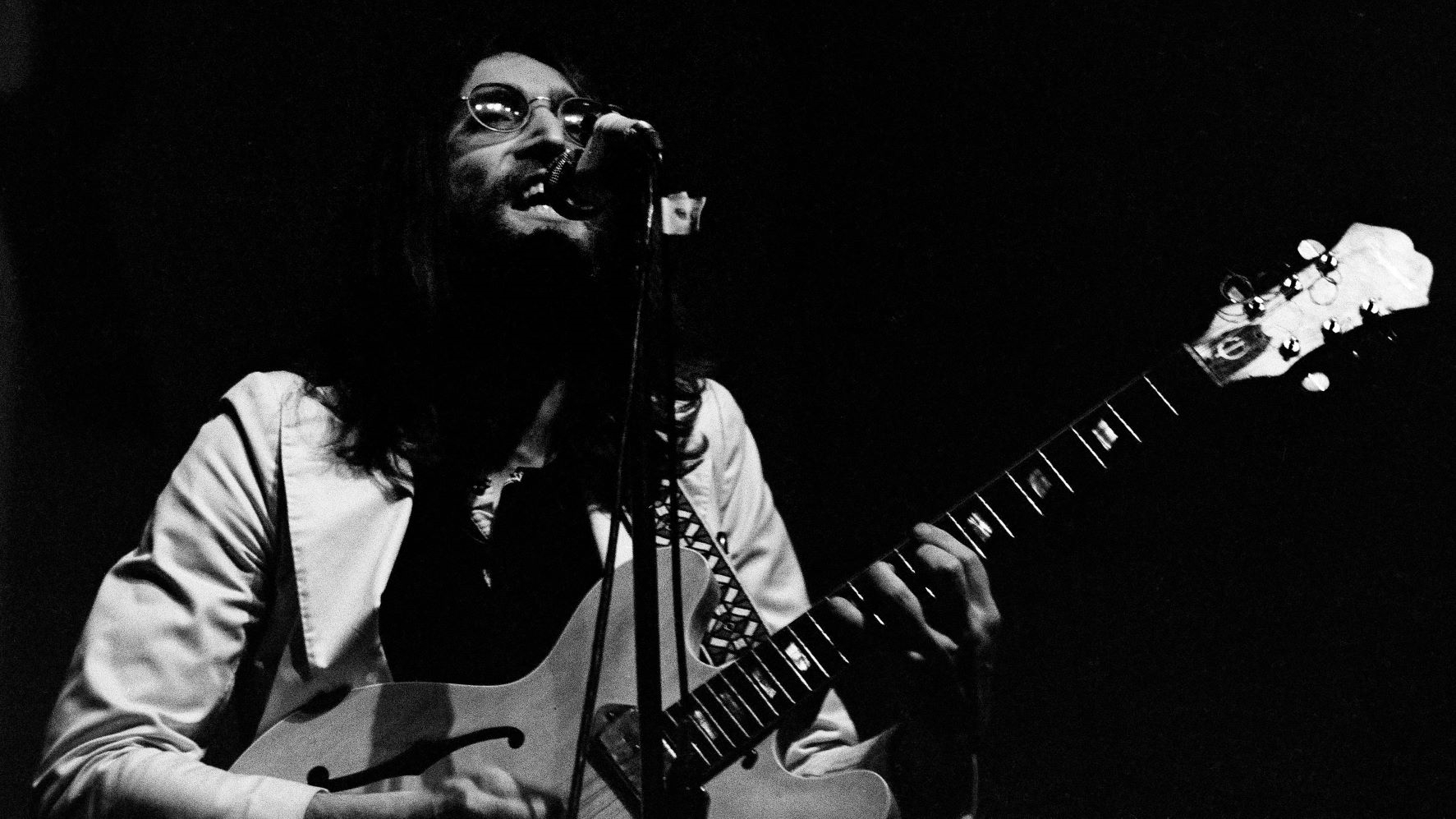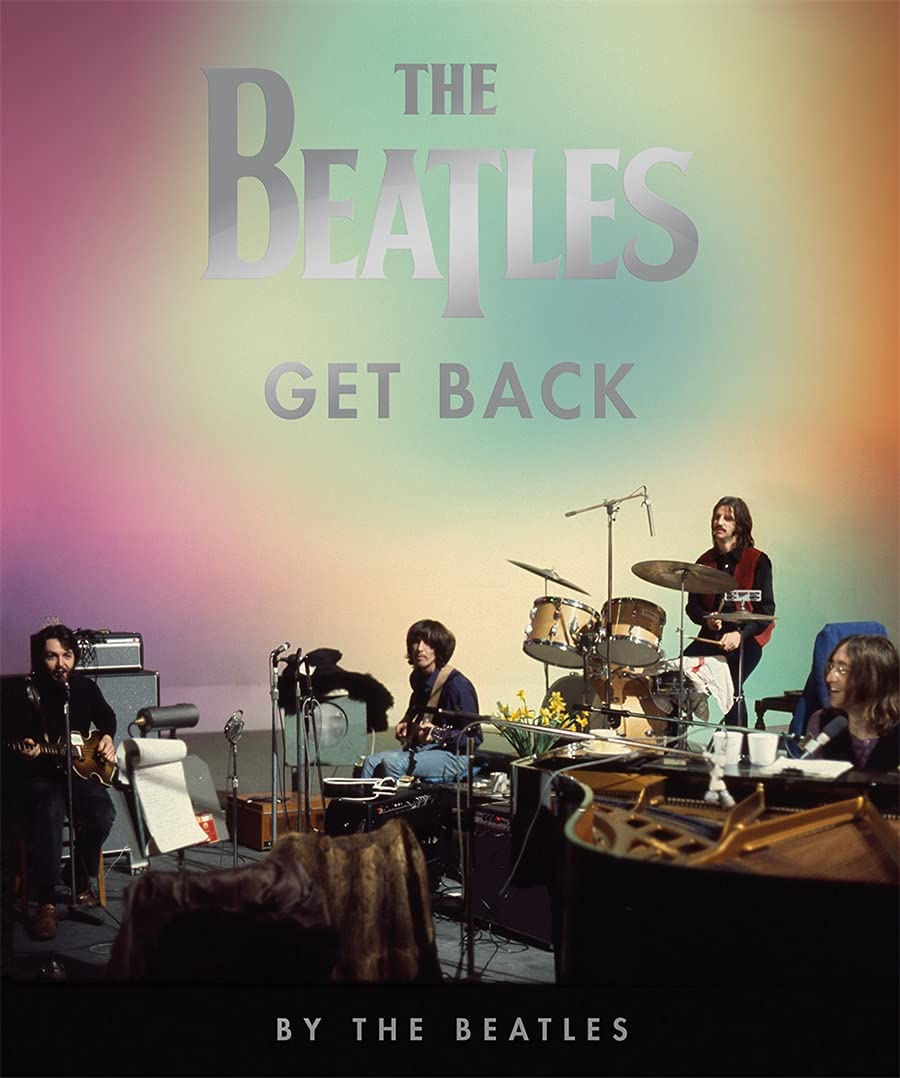Flat-Top Revelations from ‘The Beatles: Get Back,’ Part 2
More acoustic guitar insights from the ‘Let It Be’ studio session footage.

Last time, we delved into how the Beatles struggled to the breaking point over how to approach some of the more delicate tunes presented in the documentary The Beatles: Get Back (watch all 8 hours now on Disney Plus).
Acoustic arrangements that sound simple can actually be the trickiest to tackle, especially as a group.
After George Harrison bails and ultimately rejoins the quartet, they finally figure out “Two of Us” and “For Your Blue,” but one iconic song eludes them altogether...
ACROSS THE TUNE-IVERSE
Watching the Beatles try to figure out “Across the Universe” is fascinating. First they listen to an early version laid down at Abbey Road in February 1968.
According to beatlesbible.com, the basic track has Lennon on acoustic guitar and Harrison on tambura, an Indian drone instrument.
As the group attempts a full electric arrangement in The Beatles: Get Back, it’s cool to hear the song fleshed out with Lennon on his Epiphone Casino, Harrison playing his Les Paul with a wah pedal, and harmony vocals, on top of Paul and Ringo’s rather plodding bass and drums.

But what the somewhat discombobulated band brings to the table lacks the transcendent quality of the acoustic arrangement we know and love.
All the latest guitar news, interviews, lessons, reviews, deals and more, direct to your inbox!
The scene culminates with McCartney shouting, “I think you’d better take control, John!”
He doesn’t.
Instead, they launch into Chuck Berry’s “Rock and Roll Music.” Next thing you know, they’re playing around with a silly cut-time version.
“Across the Universe” gets shelved. Phil Spector ultimately turned the original version into a “wall of sound” production with strings and a choir. That wound up on Let It Be.
The stark Let It Be… Naked re-imagining from 2003 proved the bare-bones original idea is still sturdy when “undressed,” with Spector’s embellishments removed.
Sometimes less is more – all you need is a little acoustic love.
CHANGE YOUR WORLD
There is much to learn by delving into “Across the Universe.” The key is to play it in D, using the Let It Be… Naked version as a guide. The Let It Be mix is slowed down to Db, while the first-released version – which appeared on No One’s Gonna Change Our World, a 1969 album to benefit the World Wildlife Fund – is sped up to Eb.
It’s much easier to play in D, although the intro requires a bit of facility. It starts by jumping from an open D shape to the one at the 10th position, with a focus on strings one and three.
It then falls back down to land on F# min (use a wrapped thumb to keep the B string open for a toggle to F# minsus4). Keep that B string open for the next move, toggling from A5 to Asus2, before resolving on open D.
The rest is pretty basic stuff. The simple chord arrangement can be found online and includes lots of D and A chords, while the straightforward rhythm consists of eighth-note downstrokes.
The foundation is rock solid, but the magic lies in how the ingenious melody flows through the simple chord structure.

“Across the Universe” is within reach for any decent singer, as the range isn’t too broad and the melody winds around in small steps. For the vocally challenged, there are two paths.
First, connect with a buddy to play the melody while you cover the chords, or perhaps bounce parts back and forth.
Second, for those with fingerstyle chops or some facility picking out chord melodies, this is an endlessly interesting tune to tackle solo, and a great one to use as a jumping off point for your own embellishment.
Try working in three different ranges on the fretboard. Start in open position. Use your ear to follow the melody through the chords on the entire song.
Want to take it to the next level? Jump to the fifth position starting with the second verse.
Next level again? Try the 10th position, starting on the last verse.
Throughout the tune, experiment with playing partial chords and leaving strings open where they work to add colorful suspensions.
I spent weeks working with “Across the Universe” after watching The Beatles: Get Back, and discovered new dimensions with each attempt.
May learning “Across the Universe” help you change your world for the better.

Order The Beatles: Get Back book here.
Jimmy Leslie is the former editor of Gig magazine and has more than 20 years of experience writing stories and coordinating GP Presents events for Guitar Player including the past decade acting as Frets acoustic editor. He’s worked with myriad guitar greats spanning generations and styles including Carlos Santana, Jack White, Samantha Fish, Leo Kottke, Tommy Emmanuel, Kaki King and Julian Lage. Jimmy has a side hustle serving as soundtrack sensei at the cruising lifestyle publication Latitudes and Attitudes. See Leslie’s many Guitar Player- and Frets-related videos on his YouTube channel, dig his Allman Brothers tribute at allmondbrothers.com, and check out his acoustic/electric modern classic rock artistry at at spirithustler.com. Visit the hub of his many adventures at jimmyleslie.com
